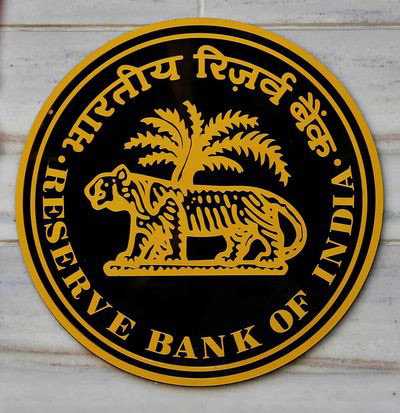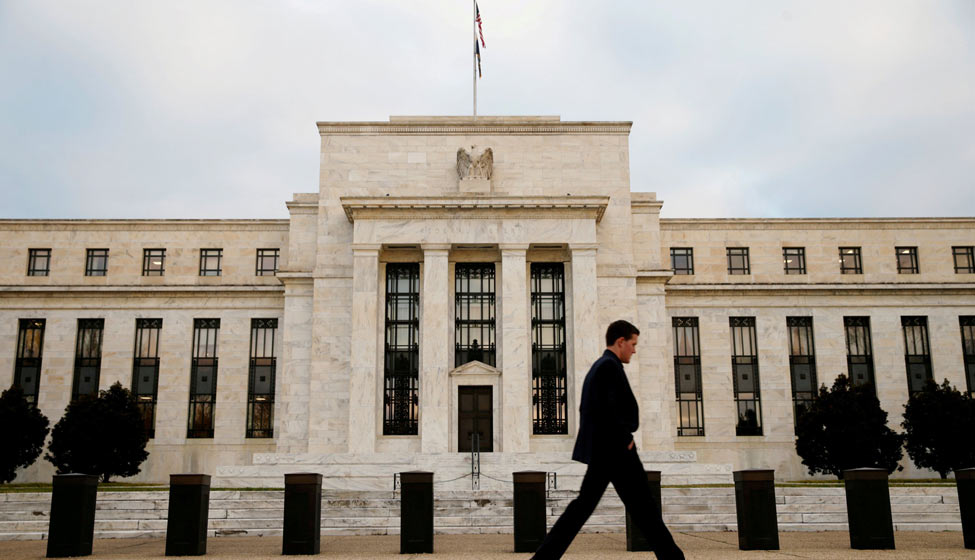After successfully steering the US economy out of a long recession period, the US Federal Reserve's benchmark lending rate is on a hike cycle. The Fed fund rate, which has been increased to 1 per cent on March 15, is poised to make further hikes, signalling that economic recovery in the US has gained momentum.
The Federal Open Markets Committee (FOMC) had slashed key interest rate to 0.25 per cent—effectively zero—in 2008 and held it unchanged throughout the slow growth years. It was raised by 25 basis points (bps) in December 2015, the first increase since June 2006. Exactly a year after, in 2016, Fed hiked it by a quarter point to 0.75 per cent.
Fed reserve hiked the rate after the key figures firmed up—GDP recorded 2.6 per cent in 2015 and 3.2 per cent in 2016. Inflation was close to target level and the labour market was going strong. FOMC projections say the US GDP growth will be 2.1 per cent in 2017, 2 per cent in 2018 and 1.9 per cent in 2019.
Bit by bit
The Fed policy has been hawkish and more rate hikes are likely to come this year. However, FOMC prefers a gentle tightening to shun chances of global market volatility. The Federal Reserve Chair Janet Yellen said the hikes would be gradual so as to avoid a turbulent market.
 The Federal Reserve Chair Janet Yellen wants only gradual hikes of benchmark lending rate to avoid a turbulent market. Photo: Reuters
The Federal Reserve Chair Janet Yellen wants only gradual hikes of benchmark lending rate to avoid a turbulent market. Photo: Reuters
With President Trump’s pro-business agenda and protection policies targeting more jobs back home, the US economy is looking up to more upticks in Fed rates.
Prospective higher Fed rates have begun to haunt emerging markets (EMs), though many keen market observers do not think that Fed's rate hikes may cause a huge flowback. But in 2015, on Fed policy fears, $500 billion left the EMs. Therefore, worries about a financial crisis in the emerging market are not totally baseless.
Considering the past Fed records the hikes have not been significant. However, a rising dollar, strengthened by key interest rate hikes, would pull down the value of already weakened EM currencies. Currencies are already weak against the greenback and are expected to slump further in the coming years, as the Fed rate is on a hiking trend.
Capital flight
Emerging markets witnessed a huge capital inflow when the Fed rate bottomed out. US banks gave away low-interest loans in dollar terms to foreign financial institutions for high yielding investments in the global emerging markets. Riding on Fed’s ‘zero interest rate policy', as much as $2 tn was invested in EMs for currency carry trade. Now when the fed rates move northward and local currencies deprecate, the investors are bound to exit EMs to seek the safety of US investments. The outflow of US dollar from the EMs will further weaken the local currency against the dollar. Since the rising interest rates in the US pull the investments back to the US, Fed rate hikes will play a profound impact on the emerging markets.
In the past two tightening cycles, the impact of Fed rate hikes on EMs was mixed in view of prevailing circumstances—it eventually led to net capital inflow to the EMs. Nevertheless, market watchers expect some corrections to happen this time.
In China, the People's Bank intervened in the currency to avert a huge fall in the value of yuan as it slumped against the US dollar. Though China’s foreign exchange reserve declined, it has sufficient foreign reserves to honour its overseas commitments.
Since the Fed rates have gone up, economic growth has softened in many emerging economies. If dollar rises further, earnings of commodity based emerging economies will be affected as they depend on dollar-dominated exports. While imports turn expensive, raw material and investment in machinery will be expensive.
Emerging market will suffer slow growth as they are dependent on foreign direct investment. High borrowing cost will hamper developments in the emerging markets. If their currencies tumble down against the US dollar, repaying dollar-dominated debts would put them in a precarious situation.
A stronger dollar will hit harder those countries with insufficient reserves to pay for imports and service their foreign debts.
Impact on India
During the middle months of 2013, based on fears of US monetary tightening, Indian rupee was devalued by more than a quarter. It hit the bottom at 68.86 per dollar in August 2013.
Bond market has been sensitive to Fed hikes—foreign investors would divert a share of their investment from the riskier Indian bond market for better yields in the safer US bonds.
 On April 6, India's central bank left its key rate unchanged at 6.25 per cent. The decision was based on a likely US interest rate hike. The RBI logo. Photo: Reuters
On April 6, India's central bank left its key rate unchanged at 6.25 per cent. The decision was based on a likely US interest rate hike. The RBI logo. Photo: Reuters
There could be some outflow from the Indian stock market as part of general reallocation of funds by foreign investors. However, any short period downslope that follows a fed hike will be corrected by domestic investors. Since stock markets are primarily dependent on GDP, the impact on Indian stock markets will be minimal.
Blessed with good monsoons, India continues to record high GDP growth years despite hiccups of bad loans, demonetisation of large currencies and a slump in infrastructure investments. Low crude prices in the past few years helped India reduce its current deficit account.
Rupee sliding against the US dollar will make repayment of foreign currency loans pricier. However, as on March 24, India has a comfortable foreign reserve of $368 bn.
The Reserve Bank could reduce its interest rate as inflation was in control. On April 6, the central bank has left its key rate unchanged at 6.25 per cent. The monetary policy committee's decision to retain the rate was based on a possible US interest rate rally.
Compared with other EMs, Indian economy is relatively insulated from the onslaught of foreign investors as domestic consumption generally drives the Indian market. Though analysts expect some correctional outflow based on reassessments, India will not be hard hit by increases of a few basis points in Fed fund rates.





